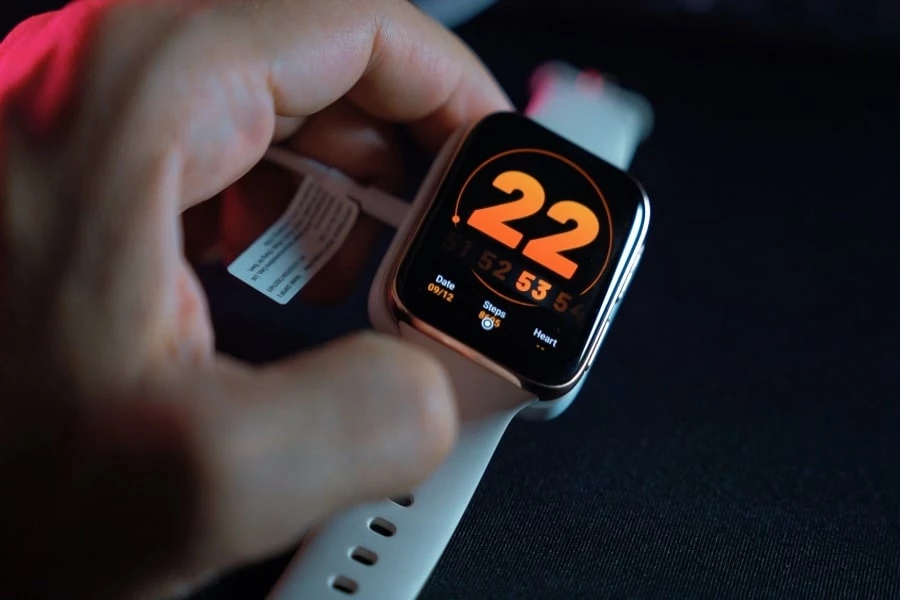
A worldwide trend towards fitness has emerged, with customers giving priority to products that enable them to maintain their health at home. Wearables, at-home memberships, and virtual trainers all provide fitness addicts the chance to be healthy whenever and wherever they choose, often for less money than a regular gym subscription. The greatest place to start if you want to capitalize on the expanding e-health sector is by developing a fitness app.
Fitness App Construction: A Step-by-Step Guide
Before creating a fitness app, you need to do a number of preparations:
Step 1: Carry out market analysis
Step 2: Create a feature list
Step 3: Specify the needs of the project
Step 4: Calculate the project budget.
Contact the fitness app developers to do all the steps for you!
Research the Market
You must first do a market analysis before developing your own fitness app. Examine your rivals, spot market leaders, and attempt to ascertain what qualities they are using to draw customers. Without thorough market research, you’ll overlook your target market and be unaware of the benefits of your competitors.
Establish Feature Set
Once your market research is complete, it’s time to create a feature list. Your software engineers will be able to comprehend your needs and choose the best tech stack with the aid of a comprehensive feature list. You may make a rough list by yourself. Later, you and your tech partner may refine it and make it more exact. Software experts can assist you in estimating the costs associated with developing a fitness app.
Describe the Project Requirements
The discovery phase is a crucial stage in the process of creating a fitness app. A project specification and wireframes are created by a group of project managers, designers, developers, and QA engineers. You will still have all the papers needed to continue working on the product elsewhere even if you decide to cease working with the firm.
Determine the Project’s Cost.
It’s time to estimate the project’s cost now. Our calculations show that the price to design a fitness app ranges from $60,000 to $91,850. The ultimate cost is determined by the number of platforms for which the app is being developed, the complexity of the features, post-release support, and other factors. Before contacting your vendor, take into account the particular criteria as it is difficult to estimate your project’s pricing without understanding them.
Fitness App Types
There are many different types of fitness apps, so you’ll need to choose one if you want to develop one. The most popular categories of fitness applications are covered here.
Apps for Tracking Activity
Users may use these applications to monitor their exercise levels. Through the applications, users may track physical activity like the number of steps performed on their phone or wearable. Users may also get a somewhat accurate estimate of the number of calories burnt via physical exercise by entering their height, weight, gender, and age. These programs often provide human activity input in addition to automated activity monitoring.
Tracking Apps for Food
Users of meal monitoring apps may enter the things they consume and keep track of their caloric intake as well as other data like macros and micros. Some applications categorize foods according to their nutritional value; for example, users may be advised to limit “red” meals and promote “green” ones.
Exercise Apps
Users using fitness applications may access a range of training routines and videos from the convenience of their homes. Some exercise applications, like HIIT or Pilates, are designed specifically for that discipline. Some provide a mix of everything. Workout applications often include a subscription-based pricing structure and weekly video updates. Additionally, some applications provide live sessions taught by fitness experts that customers may attend.
More info: https://trembit.com/
Yogi Apps
This kind of app, like the previous one, provides members with videos and instructions for “flows” and “practices” in yoga rather than exercises. Users learn how to calm their brains and tune into their bodies during these guided workshops.
Apps for Meditation
Apps for meditation may also help people unwind mentally, but instead of emphasizing exercise, they instruct users in techniques for meditation including deep breathing and being “in the now.” Additionally, the applications may include timers, guided meditations, mood monitors, and stress reduction techniques.
Conclusion
The creation of fitness applications may be difficult, much like the development of any other program. But you can judge if a fitness app is popular and worthwhile by making sure it has the greatest features that users will find valuable over the long run.


